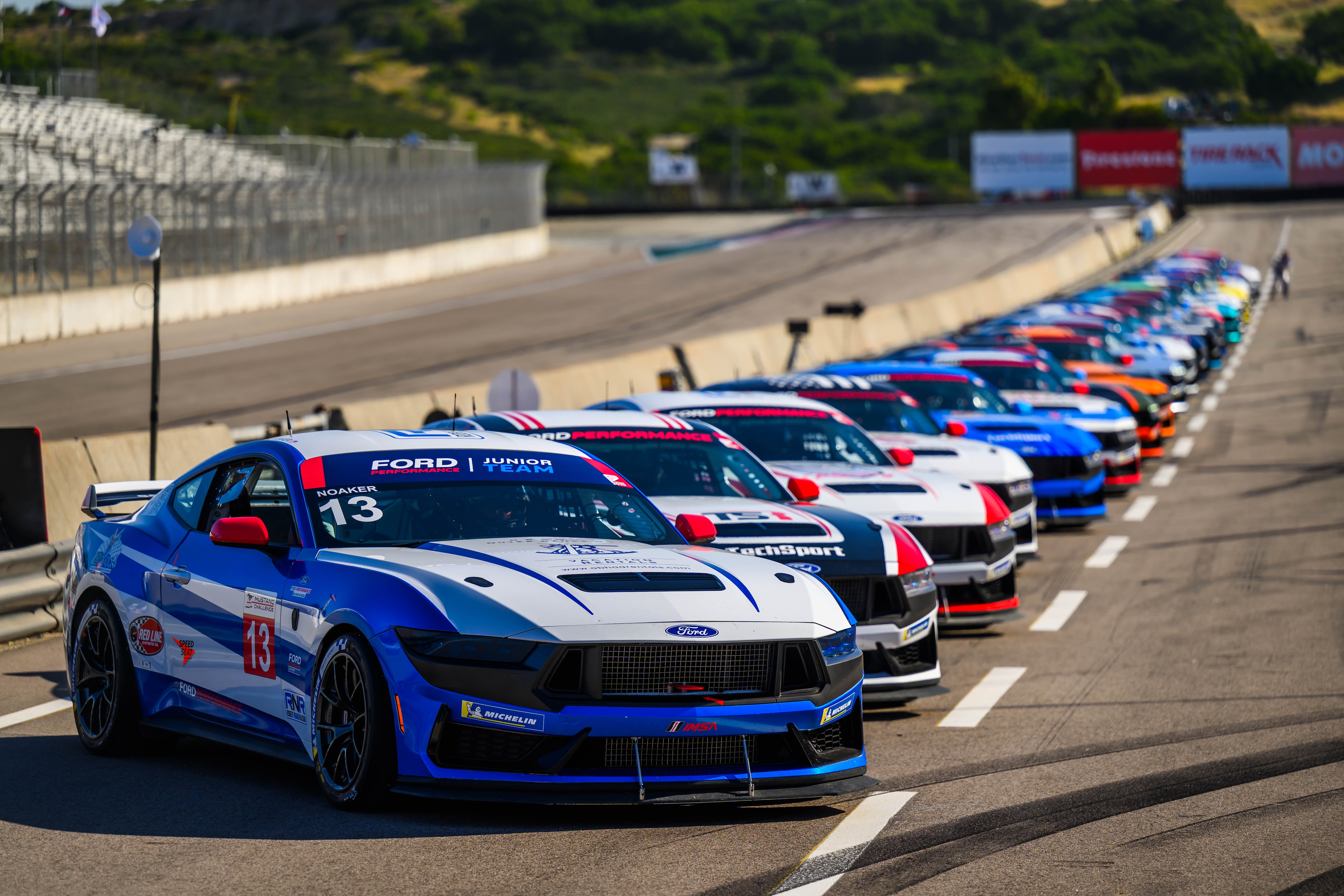
The Stampede Charges Le Mans: A New Era for Mustang Challenge

.jpg)
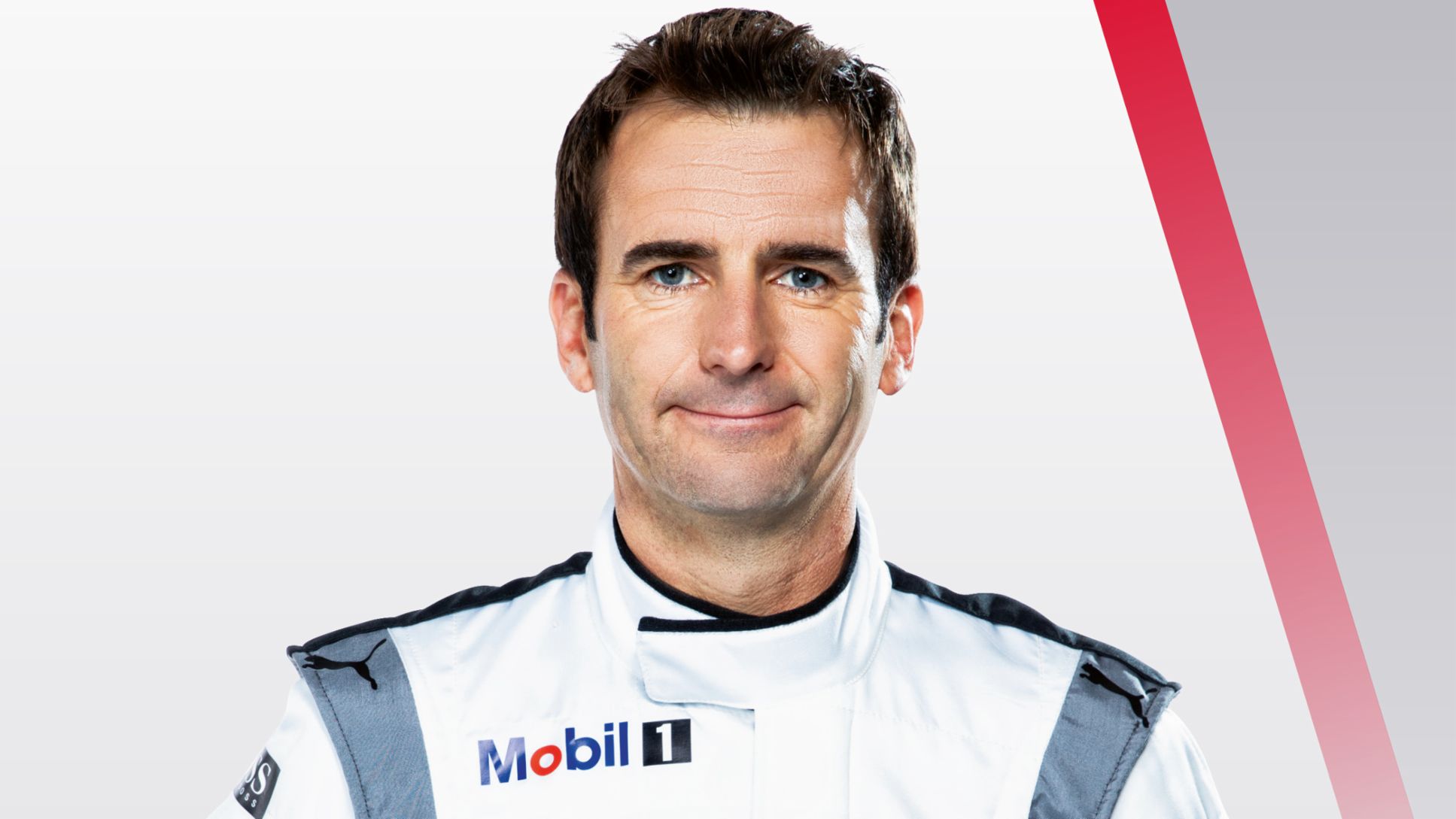
When you think about the Pikes Peak International Hill Climb, your mind probably goes to the incredible machines — the powertrains, the aerodynamics, the horsepower. And yes, that’s a big part of the equation. The Super Mustang Mach-E electric demonstrator that Ford brought this year is a beast, a marvel of technology designed to dominate the climb.
But here's the thing about Pikes Peak: It's not just about the vehicle.
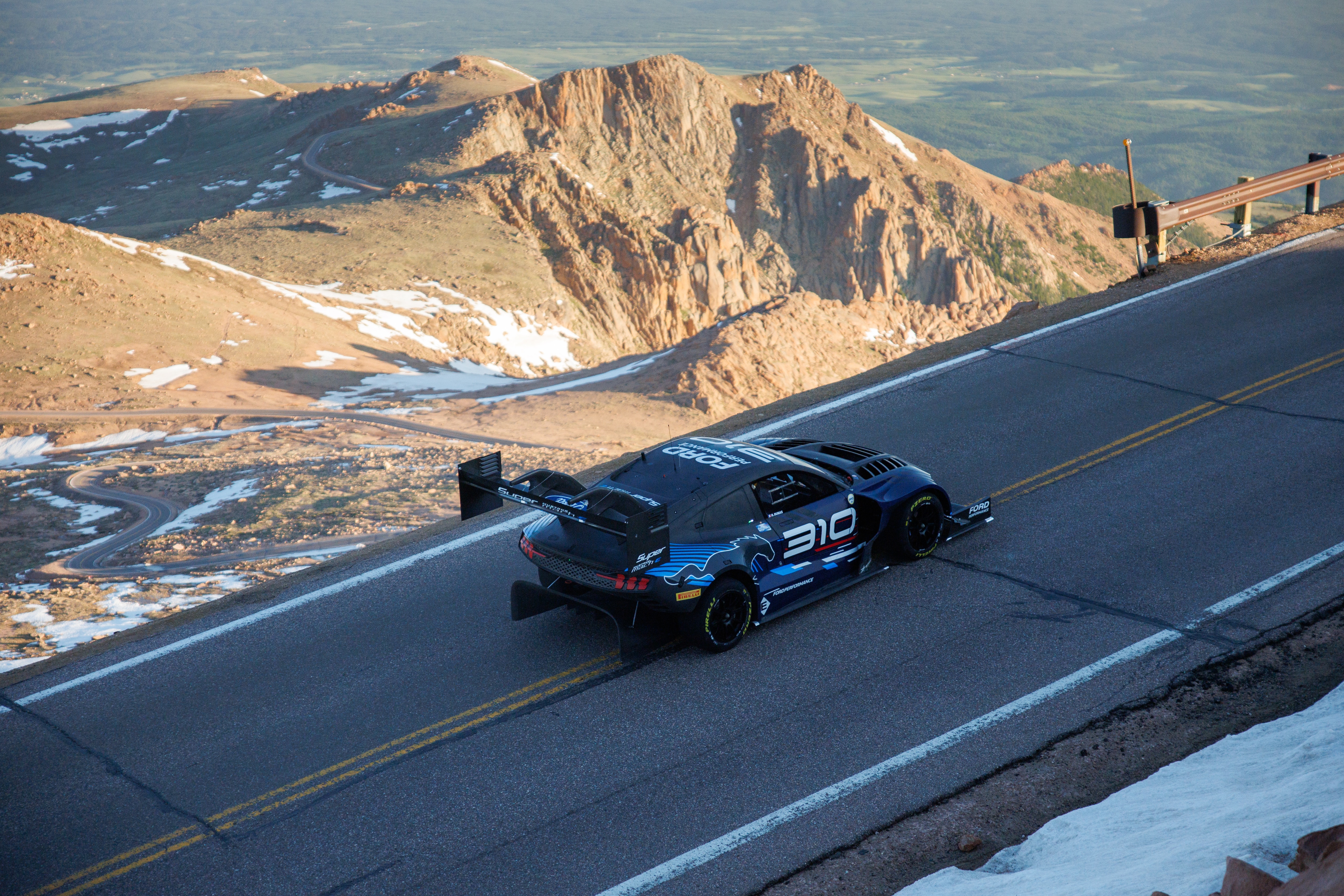
Under normal conditions, the race is a brutal, 12.42-mile sprint straight up to the 14,115-foot summit. We hit 156 turns, gaining elevation incredibly quickly, all while the air gets thinner and thinner.
The goal is to do it in under 10 minutes, pushing everything — the vehicle and myself — to the absolute edge. It's motorsport at its most extreme, and it tests both the machine and the body in profound ways. This year however, weather limited us to only the first section of the mountain.
While the Super Mustang Mach-E handles the physics of the climb — the torque, the grip, the braking — my body faces a different, equally brutal challenge: the altitude. Up on the hill, the air is so thin it's like trying to breathe through a straw.
This isn't just uncomfortable; it actively affects my performance. Thin air starves your brain and muscles of oxygen, impacting focus, muscle control, and stamina. When you're trying to make split-second decisions at 150 miles an hour with a cliff just inches away, any degradation in those abilities is critical.
That's why physical preparation isn't just important for Pikes Peak; it's absolutely crucial. It's the foundation that allows me to perform at my best when the environment is actively trying to stop me.
My training regimen for Pikes Peak isn't the typical racing driver's routine. It goes beyond just hitting the gym to stay fit. It's tailored for the mountain. A huge emphasis is placed on cardiovascular endurance and altitude acclimation.
Of course, regular running is part of it. You need a strong heart and lungs to even think about tackling Pikes Peak. But the real secret lies in what I do in the mountains around my home in Switzerland and at Manitou Springs in Colorado. I spend extensive time walking and climbing there.
This isn't just a pleasant hike; it's a deliberate strategy. By training at altitude regularly, I'm forcing my body to adapt to reduced oxygen levels. It builds a very specific kind of endurance — the ability to perform under hypoxic conditions. It's about building resilience against the thin air.
There's another part of my routine that might seem small, but it's vital for this race: daily neck training. For eight to 10 minutes straight, there are intense G-forces through 156 corners, plus heavy braking. Your helmet, even a carbon fiber one, adds weight.
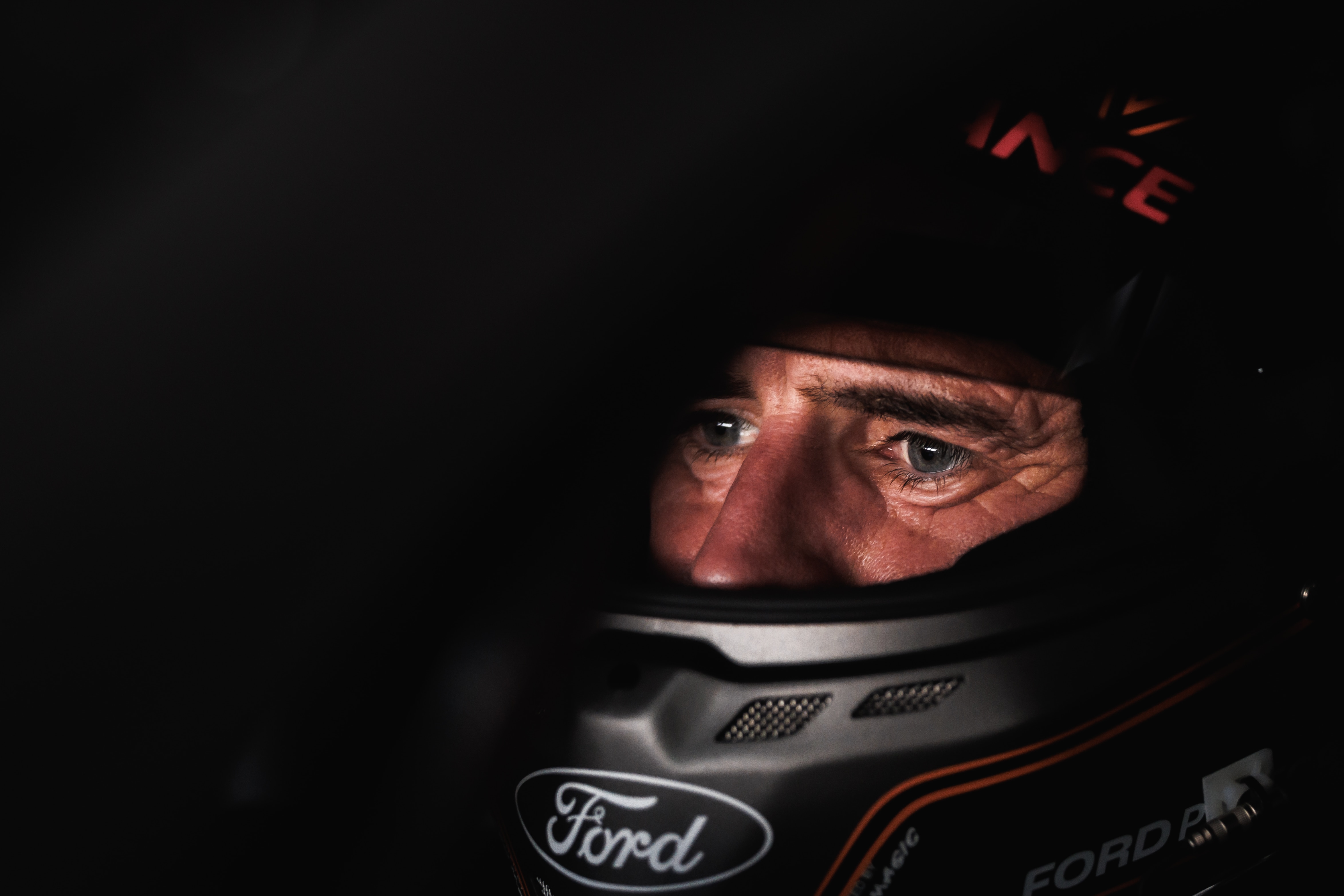
“Without strong, enduring neck muscles, fatigue sets in quickly, affecting your ability to see where you're going and react properly.”Romain Dumas, Ford Performance driver
Every turn, your head is being pulled sideways; every time you brake hard, it's being pulled forward. Maintaining precise vision and control of the vehicle requires your head to be stable and your neck muscles to withstand constant strain for the duration of the run.
Without strong, enduring neck muscles, fatigue sets in quickly, affecting your ability to see where you're going and react properly. It's a small detail, but it's necessary for competing and winning at Pikes Peak.
Race day itself is a whirlwind. The race is short and intense, typically lasting between eight and 8.5 minutes for the fastest vehicles. But in that brief period, you're climbing from the starting line at around 9,390 feet all the way up past 14,115 feet. That's a ton of elevation gain in not much time, and your body feels it.
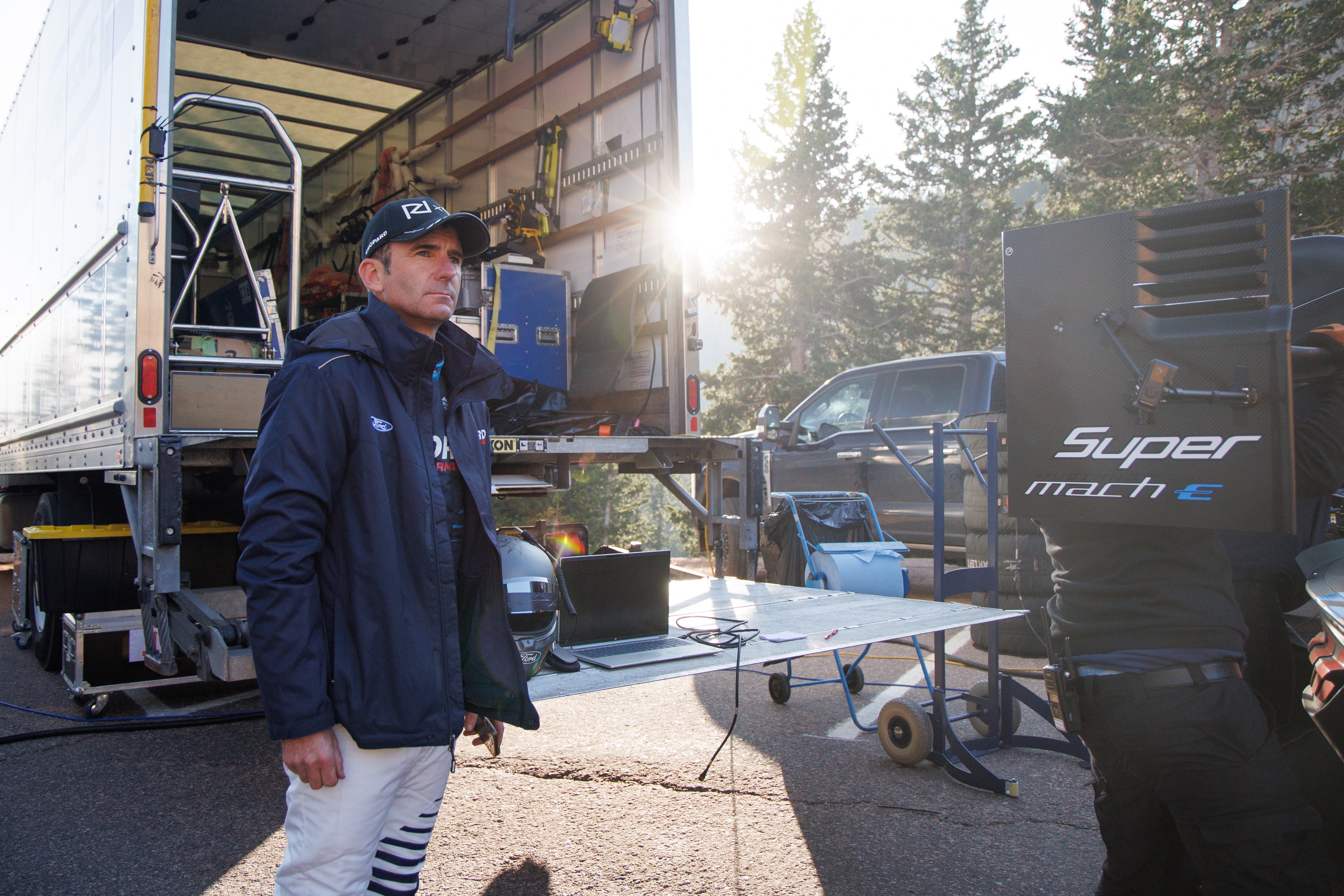
And it's not even over when you cross the finish line! After the race run, we have to wait at the very summit of the mountain for hours — sometimes four or five hours — while the rest of the field completes their runs. Spending that amount of time at over 14,000 feet, even when you're not driving, is physically demanding. The thin air is still there, and managing your energy and just feeling comfortable requires that prior acclimatization and physical base.
This race demands everything — from the vehicle and from me. It's the ultimate test of machine and man, pushing us both against nature's brutal altitude. And this year, we took home a class victory.
Romain Dumas is a Ford Performance driver.